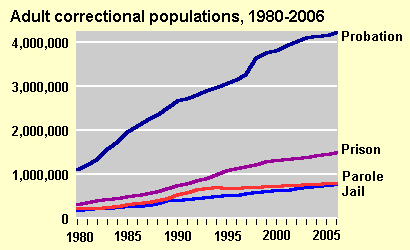Placing health reform in an historical context shows how the debate has evolved. For example, the National Bipartisan Commission on the Future of Medicare was formed to address Medicare’s projected insolvency – at a time when the overall focus for health reform was on cost containment. However, while the Commission met and deliberated, the booming economy shifted the debate away from cost containment towards access and coverage expansion, and the Commission’s 1999 final report, proposed adding an expensive outpatient drug benefit to Medicare.
Comparing two more recent perspectives on the future of the US healthcare system also illustrates how thinking about health reform evolves.…
